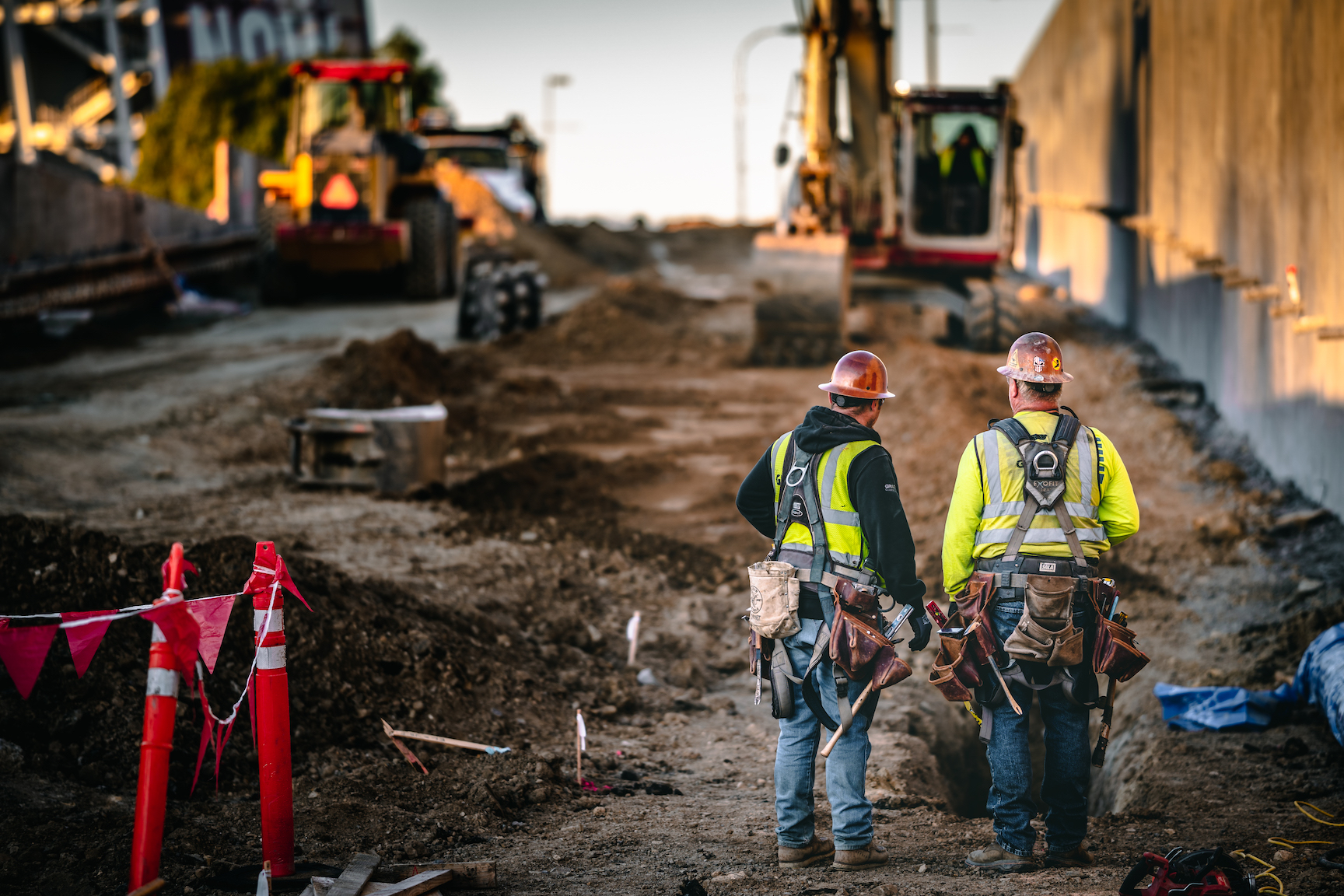John Kroencke: Don’t Let Hazy Environmental Thinking Cloud Pragmatic Solutions

As part of the new government’s effort to raise the number of houses built and spur economic growth, Labour ministers plan to allow homebuilders to receive planning permission for projects currently impacted by nutrient neutrality rules that require new construction in areas with high levels of nutrients in waterways to not contribute additional nutrients. The permission would be granted with so-called Grampian conditions (the name derives from a Scottish legal case) that would allow the homebuilding to begin subject to future off-site mitigation, rather than the status quo which requires the mitigation to be worked out before the homebuilding begins. This is one quick way that the government seeks to address the fact that because of nutrient neutrality homes impacting much of the country, homes can only be built after the details of mitigation are worked out. This is a huge administrative burden and is holding up something like 160,000 homes from being built. Few think that this will solve the issue, but it is a positive development and one of a number of efforts dealing with environmental concerns. Past efforts have failed to fix the issue and descended into rancorous debates, despite the specific issue of pollution from new homes being minimal.
The crux of the issue in question is that in recent years the environmental concerns surrounding nutrients like phosphates and nitrates in rivers have meant that because of new court rulings, new homes in a large proportion of the UK must mitigate all run-off that they would create.[1] Nutrient runoff into rivers causes algal blooms which consume oxygen and set off a chain of species die offs. European and British court rulings have widened the impact of the rules, including most recently applying the rules to projects which had already received planning permission.
This plan was suggested by Angela Rayner and Steve Reed last September when the last government attempted to overhaul the rules surrounding nutrient neutrality more comprehensively. That effort failed when the House of Lords defeated the Government’s plan to remove the legal requirements on homebuilders while increasing taxpayer funding of a more comprehensive scheme. At the time, the Labour Party was expected to support the reform but altered course just days before the vote. For those who haven’t been following the issue closely, much of the commentary on it in the main newspapers offers little insight and instead treats it as an elementary decision on a good environmental outcome or a poor one. Rather than going through the tangled legal history—I’ll leave that to those who charge by the hour (e.g. Zack Simons or Simon Ricketts)—I want to focus on how this issue and the failure to fix it has been emblematic of a broader problem with environmental issues.
What is the Problem with the Status Quo?
The problem with the current situation, one recognized by many experts, is that it places an extraordinary burden on a socially useful function: residential development. Taking as a given that the levels of nutrient pollution outlined in the rules are sensible, it is reasonable to want to limit any pollution that might occur beyond that point. When rivers reach a point where added pollution is unacceptable—as Natural England claims to be the case in 74 local authorities across the UK including most of Norfolk, much of Wiltshire and Somerset, and the area around the Solent—it makes sense to stop it from getting worse. As a result of this worthy cause, the rules are estimated to be holding up over 160,000 homes (a number that will continue to grow).
In principle, it could be reasonable to stop the market from building more much-needed houses because once the harm of the marginal nutrients is considered there is no net value being created. However, the marginal pollution created by people living in new homes is tiny. In fact, the pollution directly created by all structures (i.e. including existing structures) is supposedly just 5% of the total.[2] Basic economics suggests that there are many ways to regulate such that valuable uses like homebuilding proceed while paying for the reduction in pollutants in whatever way can be done at the lowest cost.
In fact, this is what is supposed to be happening now. The rules are supposed to set a budget for the total amount of nutrients in an impacted area and allow new homes if the developers offset the added pollutants by the same amount. This should encourage bargaining between homebuilders and other polluters. Homebuilders should be able to pay agricultural users who are the biggest polluters and who could reduce pollution at much lower abatement cost than homebuilders. This abatement could be achieved by farming less intensively by using fewer polluting fertilizers or by letting land go fallow. Alternatively, homebuilders could pay for methods to capture agricultural producers’ pollutants, or be able to pay water companies whose disposal of wastewater is one of the key mechanisms by which disparate users’ waste ends up in waterways. The benefit of such a type of regulation is that it creates market incentives to deal with the environmental problem at the lowest cost.
These are examples of the type of offsite mitigation schemes encouraged by the proposed reforms that (at a minimum) will net out the impact of the new development by reducing the relevant pollutants that new housing contributes. This would allow much needed new homes at a much lower cost than catching all added nutrients via onsite mitigation, while also keeping rivers limited to the same level of nutrient runoff. The rules allow nutrient offsetting schemes (and some have been worked out) but they don’t work well in practice due to procedural barriers. There is no environmental or economic reason for this to not be encouraged.
However, as Zack Simons writes:
Nutrient neutrality involves quantifying a ‘nutrient budget’ for both phosphorous and nitrogen, and then using either on or off-site mitigation measures to show that your scheme will not cause any net harm to the protected sites – see some guidance from Natural England here. Measures might include e.g. creating new wetlands, retrofitting sustainable urban drainage systems and making arable farmland fallow to reduce nitrates. But in many authorities, there simply is no standard nutrient neutrality strategy. Or no strategy at all. Very often, nutrient neutrality simply cannot yet be achieved – either viably, or at all.
As bad as the status quo which emerged from legal machinations is, perhaps more worrying is the fact that this issue, like many others, has become mired in unthinking partisan debate. Perhaps the worst offenders are the environmental groups whose interest in the issue suggests that they must realize the need for a better, more comprehensive regulatory system, but who instead depict the problem as a result of homebuilders’ actions.
Like many other countries in Europe, the UK is and has been facing a dramatic set of economic headwinds. Real reforms are needed to enable investment in green energy generation and transmission, but these too face opposition from those who would be expected to support them. Let us hope that this government can fix what the last couldn’t.
[1] The rules allow pragmatic schemes to mitigate nutrient pollution offsite, but the process for doing so is unnecessarily complicated.
[2] Baroness Willis of Summertown suggests that this number may be closer to 30%. But this makes little difference for this argument given this still suggests that the marginal addition is quite small, since the number of existing homes is far larger than the number of new homes held up.
 John Kroencke is a Senior Research Fellow at the Centre for Enterprise, Markets and Ethics. For more information about John please click here.
John Kroencke is a Senior Research Fellow at the Centre for Enterprise, Markets and Ethics. For more information about John please click here.
